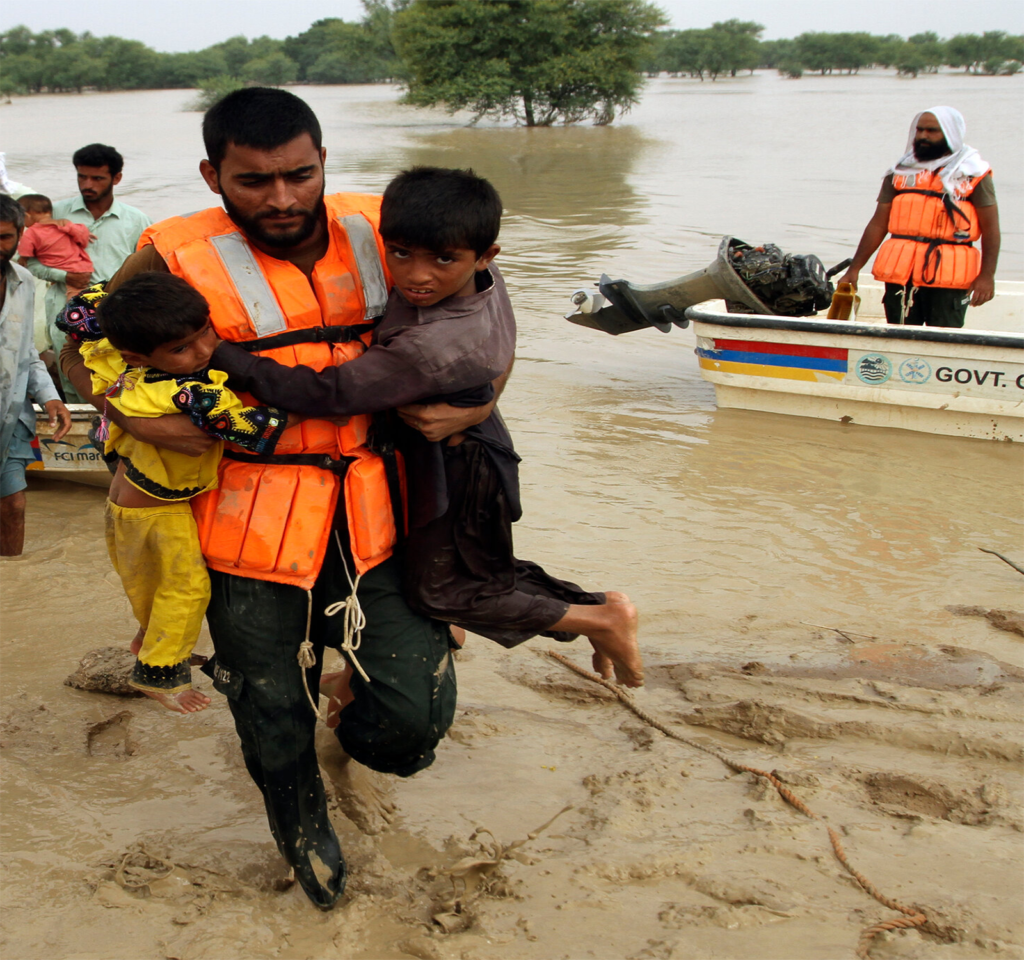Annual Inflation Surges Beyond 40%
Annual short-term inflation has gone over 40% for the second time in one row in Pakistan mainly driven by skyrocketing gas prices of more than 1000% in comparison with last year. The latest inflation reading for November is reported as 41.13pc by PBS as of the close of business on Nov 23, 2023.
After a significant increase in gas prices, many things increased as well. The highest contributors in this list include cigarettes 94%, wheat flour 88.2%, chili powder 81.7%, and broken basmati rice 76.6%. The above-mentioned fluctuations in prices are very important to both consumers and policymakers to carefully deliberate upon if the policymakers intend to solve this inflation upward trend.
However, there are few products that have shown remarkable reductions in price on a yearly basis. Prominent items among them include onions which are down by -36%, tomatoes by -18%, mustard oil by -4%, and lastly, the most important household item is vegetable ghee is down by -2.9%.
Weekly Price Stability: A Respite Amidst Volatility
Meanwhile, week-on-week figures revealed a downward trend for the year-on-year annual inflation. However, the previous week’s massive 10% jump that was fueled by rising petroleum prices did not impact consumer prices at all – they stayed constant. This was quite different from the current trend and gave consumers a reprieve, if only momentarily. The SPI, which accounted for over half of the picture, stood firm at 308.90.
This static SPI highlighted stability pertaining to the price of basic stuff which was an indication that there was still life amid the economic predicament. This was a positive sign given the state of the economy, and it indicated that the economy might have some flexibility to withstand pressure from inflation. However, economists were careful in pointing out that the fight against inflation should go on.
World Bank’s Diagnosis: Fiscal Challenges and Policy Recommendations
In its recent publication, the “Pakistan Development Update: The World Bank, in its “Restoring Fiscal Sustainability,” outlines a bleak outlook for Pakistan’s economy as it reveals lofty inflation rates, slow growth path, and heightened short-term risks necessitating prompt corrective action. An urgent and massive fiscal adjustment is needed according to the World Bank as it amounts to approximately 4% of Gross Domestic Product (GDP).
Though this proposed adjustment will not simply be a figure target, it is a crucial medicine that must redirect the country toward budget balance. The World Bank focuses its efforts also on a wide-ranging reform, coherent with agreed obligations towards the IMF. The coordination of efforts in facing these multiple economic issues that are currently experienced by Pakistan will require a synchronized approach to help create a stable and strong economic environment on which a better financial condition can be built.
World Bank’s Fiscal Prescription: Rs2.7 trillion Adjustment and Structural Reforms
Despite this slowdown and the poor performance of Pakistan’s currency against the US Dollar, the World Bank has outlined an optimistic scenario for Pakistan’s economy, anticipating a gradual recovery in real gross domestic product (GDP) growth. Growth is projected at 1.7 percent for FY 2024, before picking up momentum to 2.4 percent in FY 2025. The realization of these growth targets is contingent upon a trifecta of factors: strict adherence to the provisions of the IMF standby Arrangement, securing additional foreign borrowings, and sustained fiscal rigor respectively.
Notwithstanding, the economic environment is no walk in the park as the World Bank envisages an estimated average annual inflation rate of 26.5% and 17% for FY 2025. In its report, the World Bank emphasizes that all these three elements are interlinked when it comes to economies: currency depreciation; exchange rate elevations; and inflation-poverty relations.
The Three-Pronged Fiscal Consolidation Plan: A Detailed Breakdown
A clear roadmap is provided by the World Bank through an elaborate strategy that recommends Rs.1.124 as savings at par with one-point seven percent GDP. The rationalization of such expensive areas as government allowances and vehicle allocations including also pension disbursement lies at the basis of this ambitious target.
The other way around, the World Bank seeks to raise Rs862 billion which is equal to 1.3% of GDP in the fiscal space. To address this growing fiscal deficit gap, it proposes measures such as reforms on debt servicing costs and better management of state-owned enterprises, including SOE among others.
The World Bank further suggests the expansion of fiscal space by creating an extra Rs. 737 billion equals 1.1 percent of GDP via revenue-improving reforms. The reforms are towards improving the tax base through nontraditional sources like agriculture, real estate, and retail. It aims at reducing costs of government expenditure as it also lays the foundation for diverse sources of income that can form a robust and flexible basis for fiscal management.
Addressing Key Economic Challenges: World Bank’s Recommendations
The Treasure Single Account is listed as an essential area for reform by the World Bank, highlighting it as a major saving opportunity. Such a strategic move can annually save more than four hundred billion rupees through prudent stewardship of treasury resources and cash balances thus improving cost efficiency. The World Bank recommends that there should be an overall review of the tax system due to the disparity in tax rates and revenue collection between different groups of firms.
Despite placing high corporate taxes on existing taxpayers, Pakistan’s overall tax collections fail to exceed the average tax revenues of the southern and central Asian nations indicating an urgent call for a wider taxpayer basis. The demand of reform of taxation is not simply for revenue multiplication but is meant to ensure equality as well as be competitive by world benchmark, towards a strong and stable fiscal future.
Future Outlook and Urgent Reforms: A Call for Comprehensive Change
This evaluation indicates the paramount necessity of timely, all-embracing economic management alongside radical fundamental rearrangements by the World Bank. These factors are worsened by high inflation levels, rising electricity costs, exposure to climate risks, and constrained/weak institutions. This type of planning is significant not only for overcoming the present difficulties but also for the establishment of an everlasting basis for stability and continuous prosperity in the future.
Tackling the economic problems of Pakistan requires a holistic approach involving fiscal measures, structural reforms, and targeted policies. Therefore, if policymakers seriously take on the World Bank’s recommendations, these can open the way to a stronger and less vulnerable economy in the future. The changing nature of these economic situations makes this a proactive and strategic approach necessary for an environment aimed at developing sustainably and growing.


